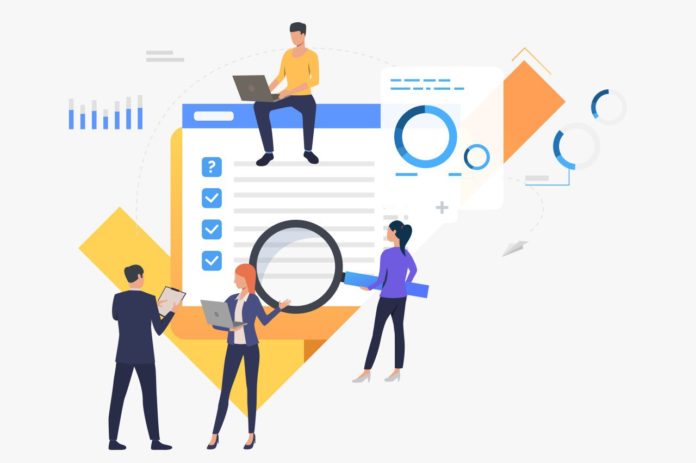With the creation of cloud computing and storage, as well as the rapid advancement of technology, more and more processes are undergoing a digital transformation. It’s easy for one person to make the transition in simple ways, such as purchasing smart electronics or equipment. Businesses, on the other hand, have a more complex method when it comes to digital transformation.
With a diverse organizational chart, multiple processes, and systems, and different key performance indexes to meet, a business’ transition from analog to digital is easier said than done. The growing demand and inevitable need to adapt lest companies get left behind created a niche for new companies that could cater to those needs.
The Importance of Digital Transformation
Digital transformations are changes or modifications applied to business processes, culture, after-sales services, and the like, from a manual approach to a more hi-tech one. It also encompasses any transitions made to meet market requirements and volatile trends in the digital age.
Should a business opt to remain in its current state of operations and management, given that everyone is comfortable with the long-standing practices, it risks losing an advantage over competitors. Furthermore, choosing to refrain from digital transformation will become costly as everything progresses toward digitalization and to the Cloud, making the current systems outdated and expensive to maintain. This leaves many businesses with no choice but to make the change.
Top management executives are beginning to recognize that digital transformation is a long-term investment and not just a hype or fleeting market trend. More and more funds are being budgeted toward digital strategies due to the cost-savings, efficiency, effectivity, heightened security, and better value to the customer these changes create.
The Framework
Digital transformation, although complex and subjective to an organization, typically revolves around the following elements:
Customer Experience
Digitalization starts and ends with the customer. Moving from analog to digital practices, such as pen and paper recording to cloud processing, heightens speed, and efficiency. It also minimizes human errors, which benefits the customer in more ways than one. A few examples would be creating an online shop so that customers can access the company’s products without going to the actual store. Another would be uploading company records to provide shareholders and stakeholders with a level of transparency.
Operational Responsiveness
By connecting and integrating each business department through digitalization, problems, and issues are resolved at a quicker pace, information is dispersed timely, and updates are received promptly. A well-oiled operation leads to an agile and responsive business.
Culture and Leadership
Digitalization has become an industry standard. A company’s readiness to change and digital transformation creates a culture or reputation that bodes well to the end consumer. Leadership plays a vital role in establishing that culture. When cascaded and appropriately implemented, business processes are continuously improved, and the company performs at its best.
Workforce Empowerment
Digital transformation also affects the equally essential workforce. Every development offers new learning and skills to be mastered by each employee, thereby gaining priceless expertise.
Integration
The goal of digitalization is the integration of its advancements into all areas of a business to ensure that each department is up-to-date and functions optimally.
Digital transformation on a business is much like knocking down cubicle walls within a floor, tapping the individual skills of each employee, and using technology to maximize the effects of the change throughout the company.








